Ford September Sales Slip 5 Percent
If you’re looking for proof that shoppers are avoiding the auto industry’s bailout babies, here’s the final piece of evidence you need: Not only did Ford outperform GM and Chrysler during Cash For Clunkers, but it’s also weathering the post-clunker decline with a mere five percent September decline compared to GM and ChryCo’s 45 and 42 percent drops. Across every segment, Ford is proving resilience that cannot be explained by mere product comparisons. Perception feeds reality, and the perception that Ford has not received a federal bailout is clearly helping the Blue Oval move metal.
Ford-branded vehicles led the way for Ford’s “core” brands, with a mere four percent decline. Mercury (-16 percent) and Lincoln (-21 percent) followed with 5,443 and 5,980 units sold respectively. Volvo was the big surprise, actually increasing 16.3 percent to 4,716 units sold.
The new Taurus was the biggest Ford-brand gainer, enjoying a 60 percent sales increase and cresting 5,000 units sold. Fusion also increased, although by only nine percent. Still, that was enough to drive sales over the 10k mark. Mustang was up a flat .1 percent, while Focus slid 11.3 percent. Flex gained 3.8 percent, continuing that model’s steady growth. Escape was down only 5.1 percent while Edge dropped 32.5 percent. F-Series and Ford Heavy Trucks increased 3.5 percent and 4.5 percent respectively, with Ranger dropping 47.6 percent and Eonoline off 10.9 percent. Transit Connect kicked off US sales with 1,527 units sold.
Mercury saw Grand Marquis gaining 34.2 percent, but with only 2,146 units sold, the victory was purely Pyrrhic. Merc’s next-best competitor was Milan, down 5 percent. Otherwise, Mariner was down 32.3 percent, Mountaineer fell 36.8 percent and Sable tanked 88.3 percent to an anemic 92 units sold.
Lincoln was down across the board, with a 2.7 percent decline in MKZ sales the only number resembling a ray of light. MKX was down 13.6 percent, MKS dropped 27.5 percent, Navigator fell 31.8 percent and Town Car shed 54.5 percent, ending under 500 units.
Volvo’s relative increase was strong, but volume numbers tell the real story. S40 (+114 percent) was the top volume nameplate with 903 sales. XC90 (-20.3) hit 882 units, while the new XC60 cracked 828. S80 was down only 13.1 percent, but at 502 units, the volume was insignificant. XC70, S60, V50 and C70 all failed to reach 300 units. The C30 barely escaped that category by adding 19.6 percent to 317 units.
Ford’s non-Ford brands continue to struggle to make a case for their continued existence. In fact, the only thing you can say for them is how surprisingly stable they are, given all the turmoil in the luxury segment. On the other hand, stability at volumes of under 6,000 units per month is nothing to write home about. If Ford can keep making easy profit on these brands it will face no motivation to eliminate or significantly improve them. However, it will be sowing the seeds of its own decline once its bailout-free halo fades. With more premium Ford-brand products like the Taurus and Flex showing signs of strength, one imagines that either Lincoln or (more likely) Mercury will be phased out in the foreseeable future.
More by Edward Niedermeyer
Latest Car Reviews
Read moreLatest Product Reviews
Read moreRecent Comments
- Daniel China can absolutely make quality products when contracted at the right prices or their car companies trying to compete. However, I doubt any of their nearly 100 EV companies would even want to try to break into the US market with a 25% tariff (Polestar pays this) and the huge service and support network needed other than *maaaaybe* BYD eventually and only then if they end up using their upcoming plant in Mexico for not just Latin America, but decide to try the US market without the tariffs. They def would need to have excellent quality and support to be taken seriously, we'll see!
- VoGhost I know one commenter who would love to live in Kia towers.
- VoGhost Matt, do us all a favor, will you? Since you love the term 'EV mandate' so much, could you please point to a single country or state that has mandated that consumers buy an EV? At any point in time - historical or the future. Just one, Matt. Just a single place where the term 'EV mandate' is even close to being true.
- VoGhost Just so we all have this correct, you're saying that the red states that refuse to educate their children or fund healthcare for their citizens also want them to die earlier from fossil fuel pollution? OK. I see. Makes the decision in November a little more stark.
- Golden2husky The image that sustainable products are second-rate is a problem that the industry has to overcome. Best way to do that is to make sure your first effort is a home run right out of the box. Michelin is the type of company that can make it happen.



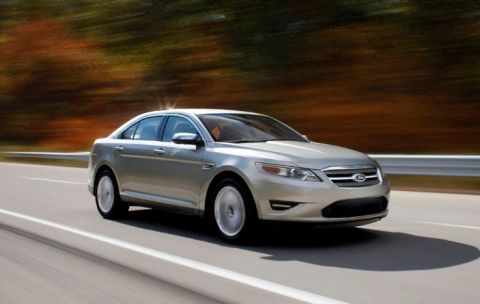















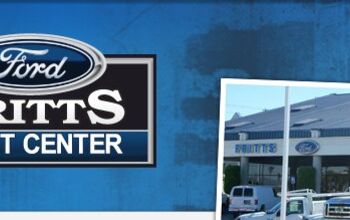
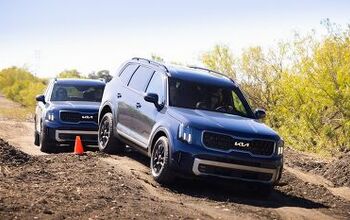
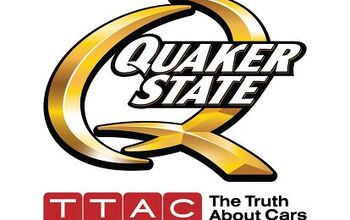
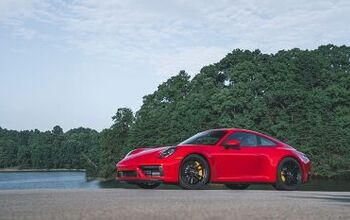
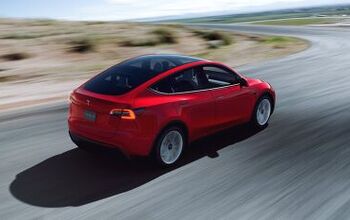
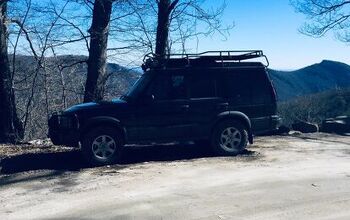
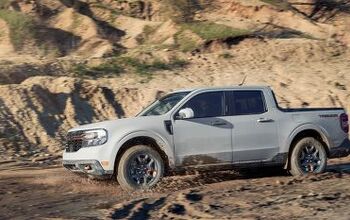
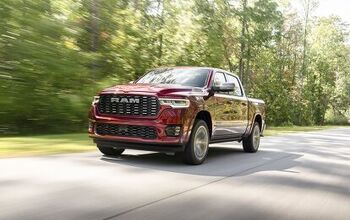
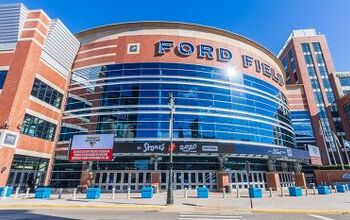

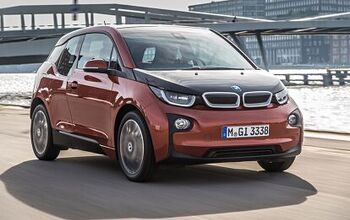
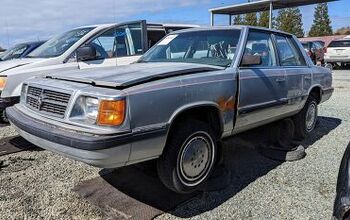
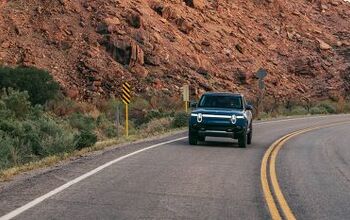
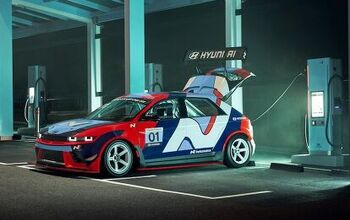
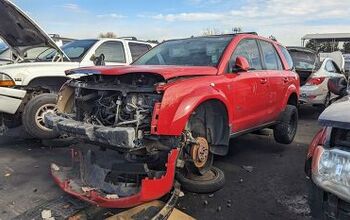
Comments
Join the conversation
This article helps to provide some context: http://www.automotive-fleet.com/News/Story/2009/10/Ford-Fleet-Sales-Up-in-September.aspx
@TEXN3: Yes, but VAG uses the Passat platform on several models and marquees and I would gander, in several more countries than where Ford offer’s the D3-cars. I don’t know if that is a fair comparison. The current Passat platform is used for exactly three cars: VW Passat, VW Passat CC (if you count that as a separate model rather than a bodystyle) and Skoda Superb. Additionally, there are the VW Sharan and SEAT Alhambra minivans, which I forgot about (and which add about 40K of annual volume). That's no more models than the Ford D3. Selling in more countries? Well, that's up to Ford and VW, is it not? The point really is that the D3 does not fully benefit from platform economies of scale, whereas the Passat does. (Notably VW's new MQB architecture will cover over 3M cars per year ...) What Marchionne wants to achieve for Fiat is VW-style platform volumes, not what Ford gets with the D3. I will note here that the new Focus platform (once unified on a single platform again) should see volumes close to 1M units per year, so it will not suffer from the D3 platform's high costs.